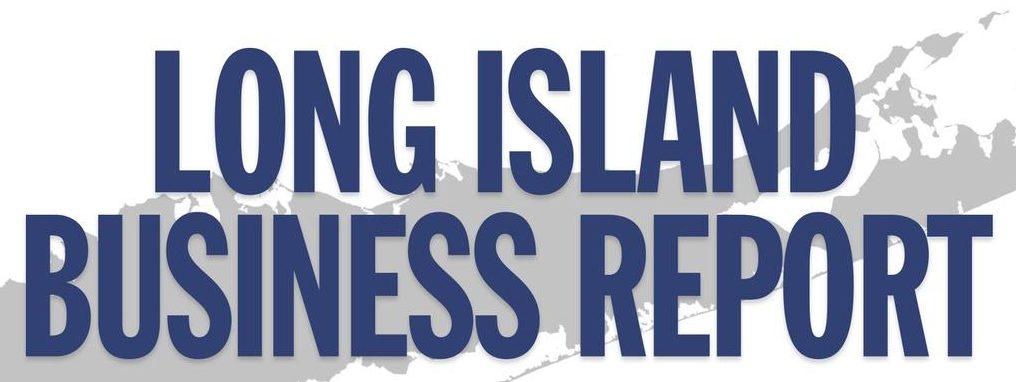Inflation and Gold: Investing Thoughtfully
As the dollar’s value continues to inflate, the value of gold reigns supreme with its steady, increasing value. In 2022, inflation rose 9.1 percent, the fastest pace since 1981. With consumer prices on the rise, inflation is not expected to slow down.
In 2021, the US dollar depreciated more than the Mexican peso, Australian dollar, Canadian dollar, euro, British pound, and Chinese Yuan. However, projected costs for typical expenses, such as a gallon of milk, yearly college tuition, and a new car, are less than the projected increase in gold’s value. As the American economy experienced cycles of instability throughout the twentieth century, the dollar lost 99 percent of its value against gold.
And why is gold so valuable in comparison to paper money? There is a variety of reasons, including the lower relative risk of investment, as there is zero percent counterparty risk. Similarly, since one cannot reduce gold’s value by increased printing, tangible ownership over the precious metal is preferable to cash. Moreover, gold’s value rises even during an economic recession. Along with the higher yield that gold garners in comparison to a traditional savings account and the strong demand, investing in gold provides a stable investment.

Brought to you by: usgoldbureau.com



